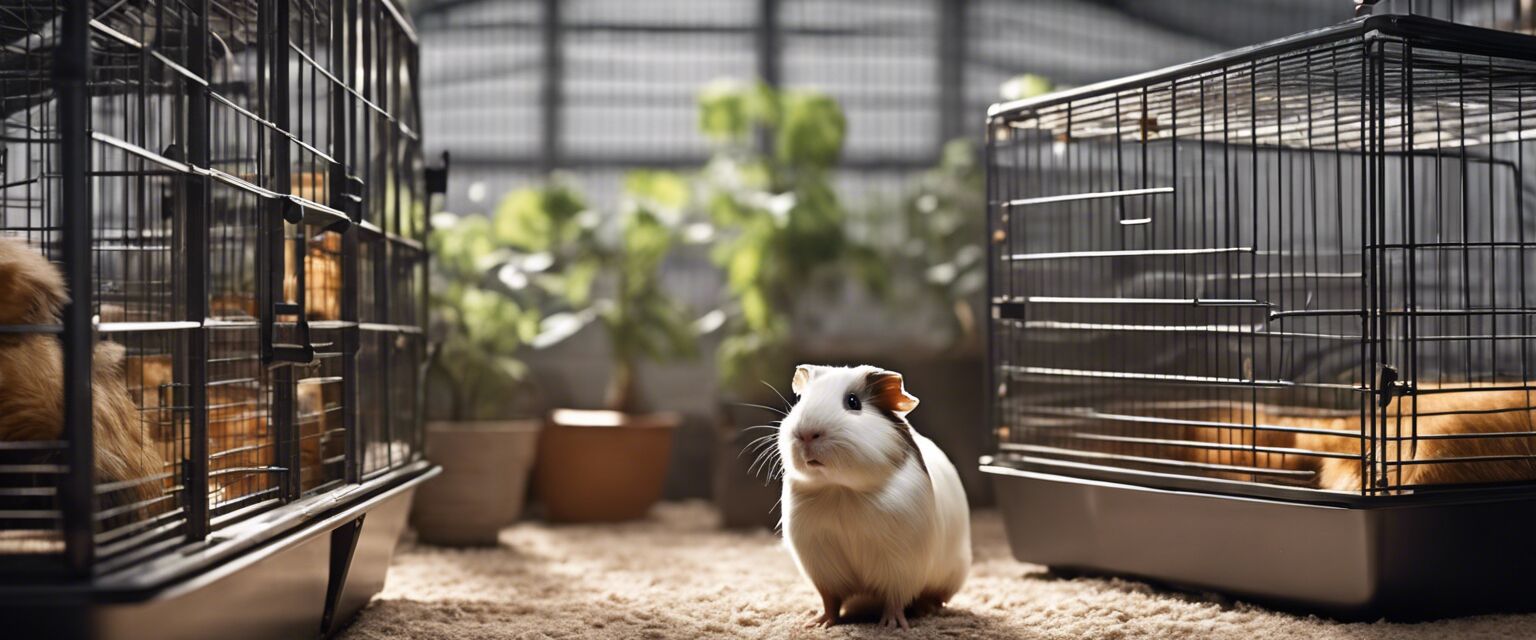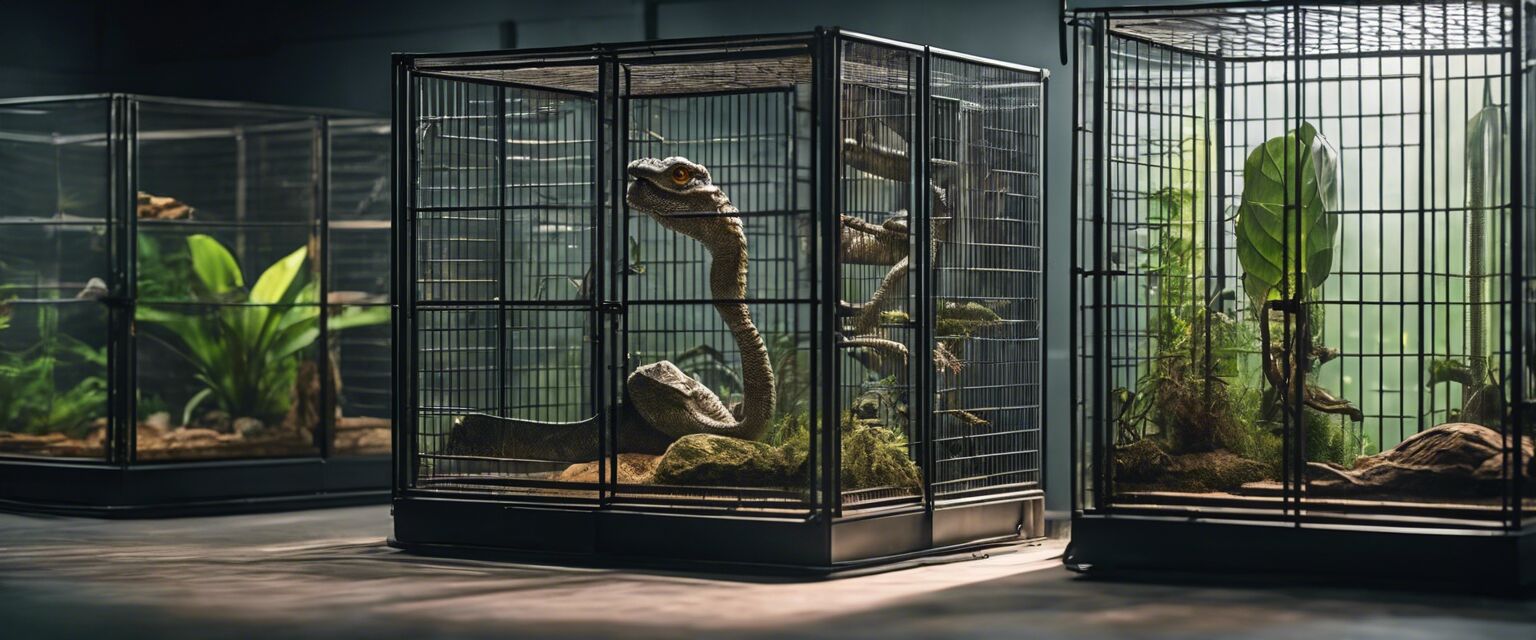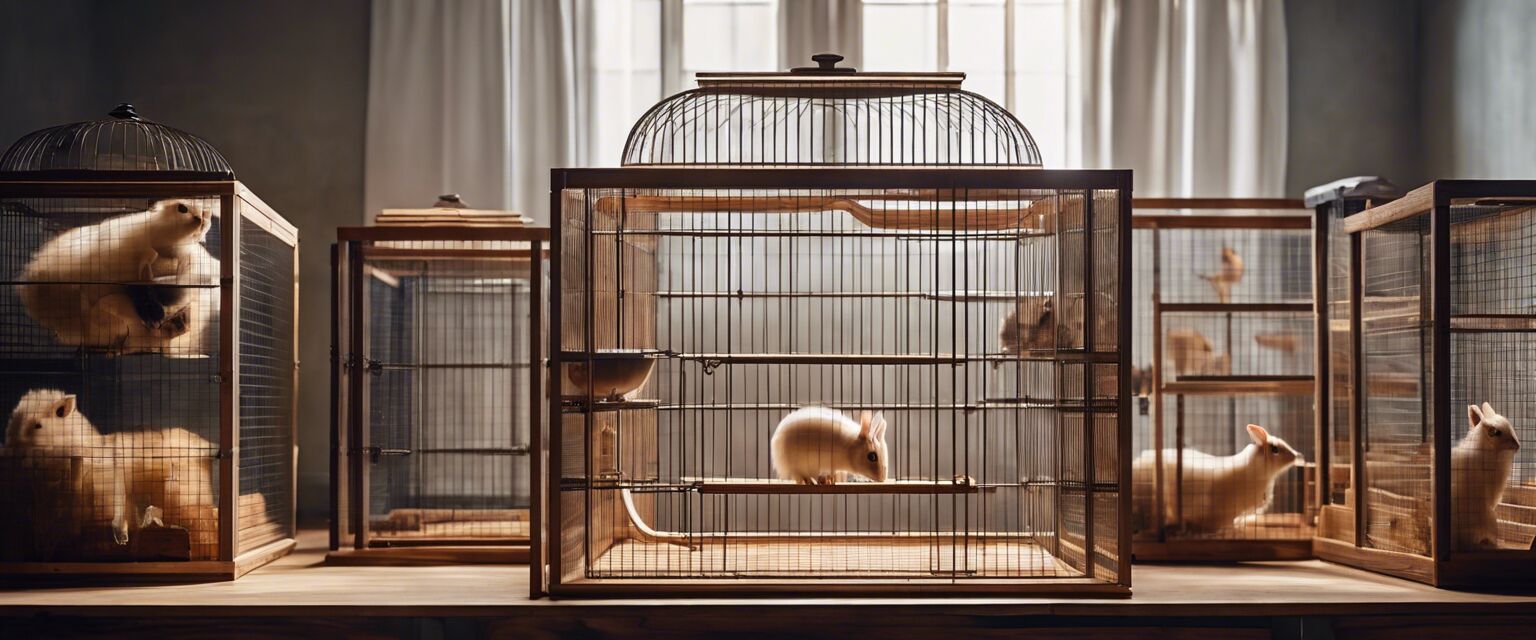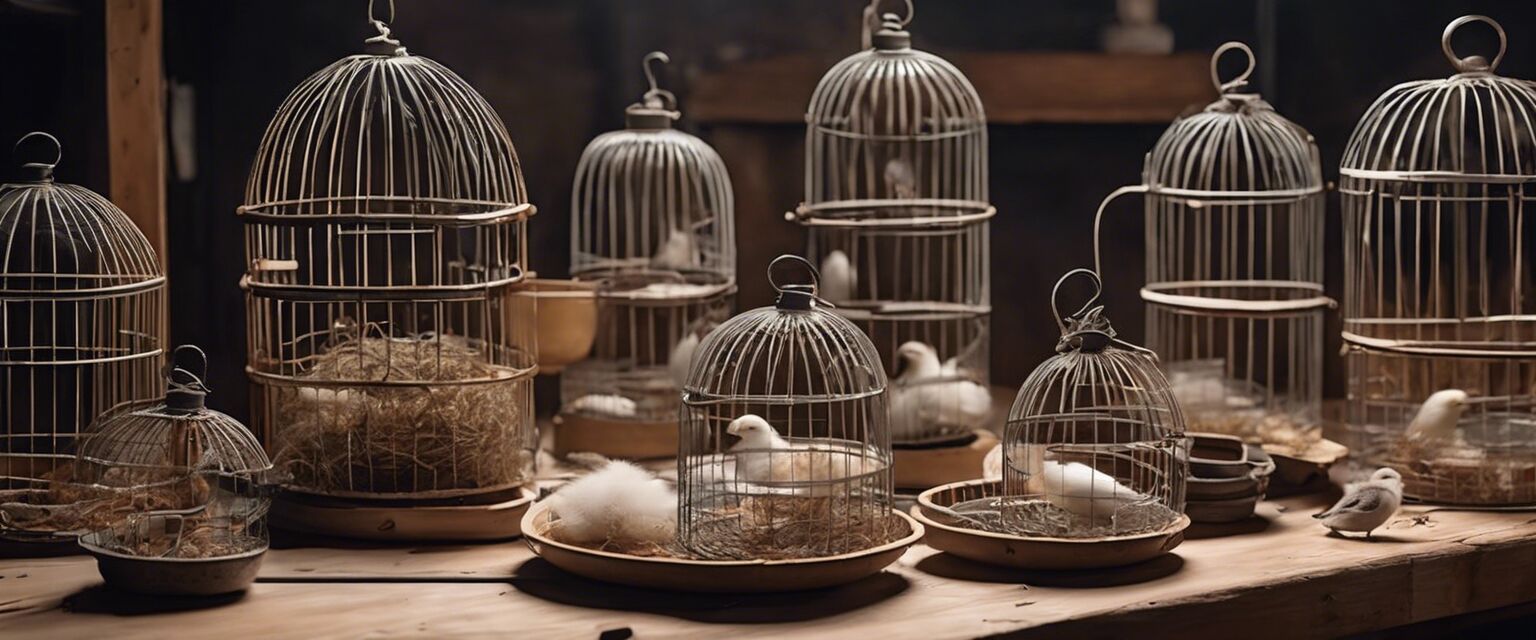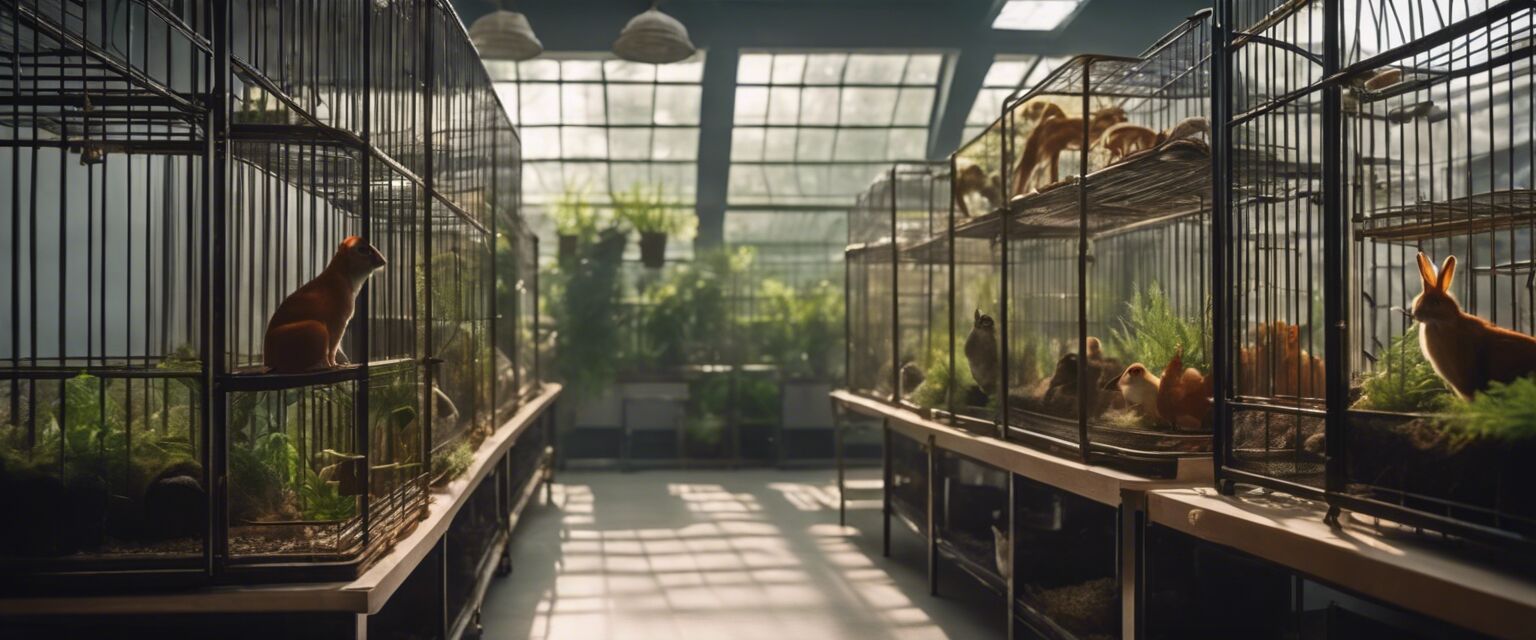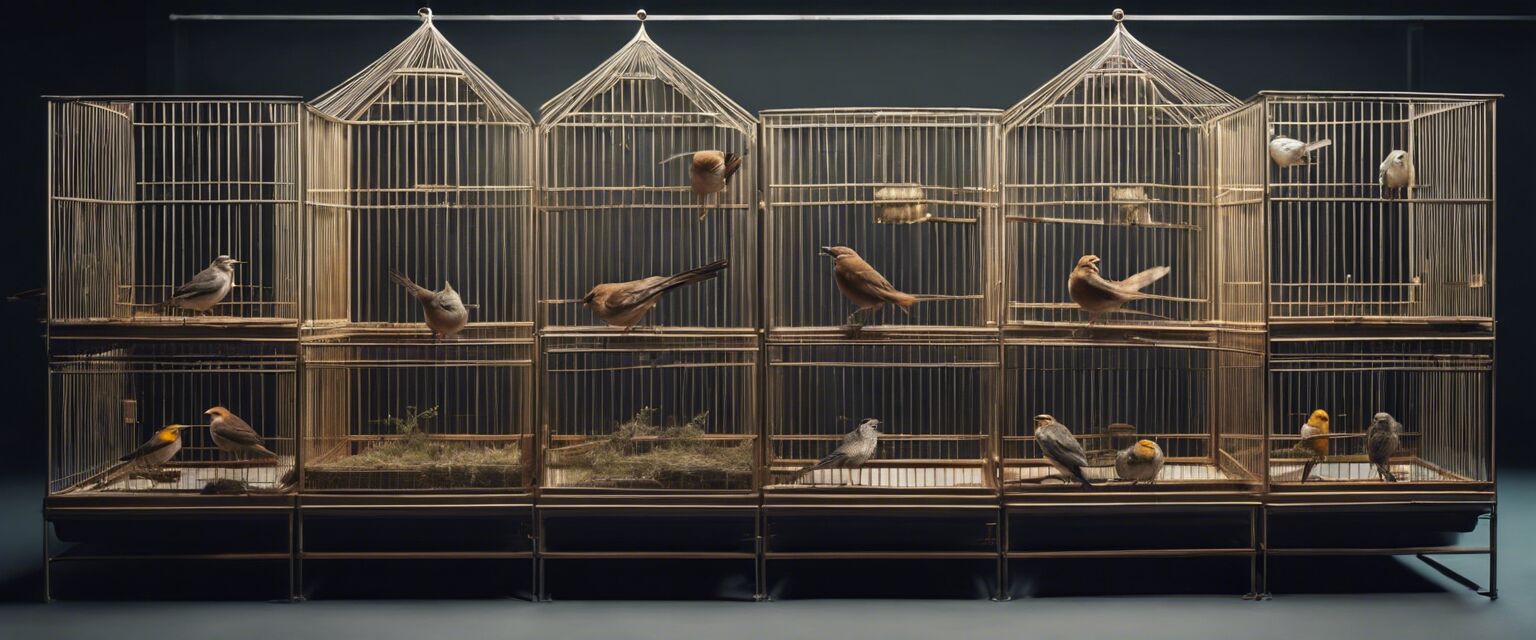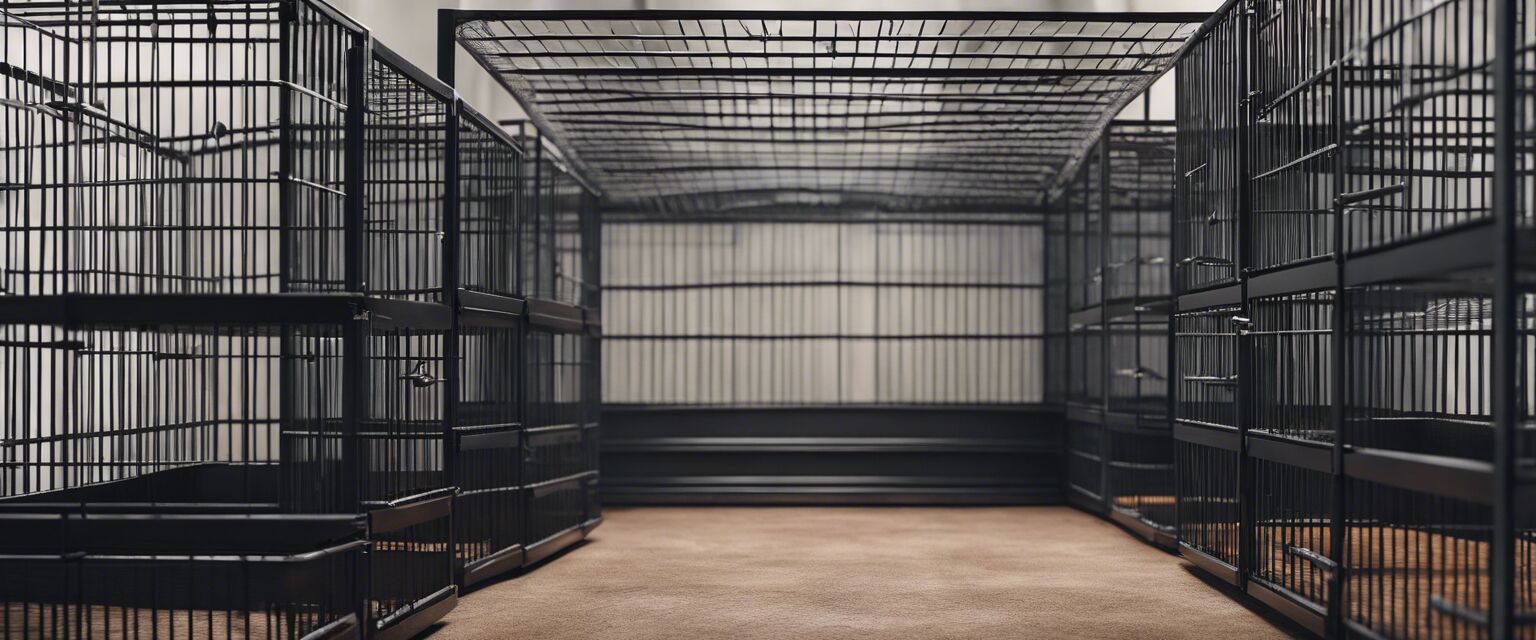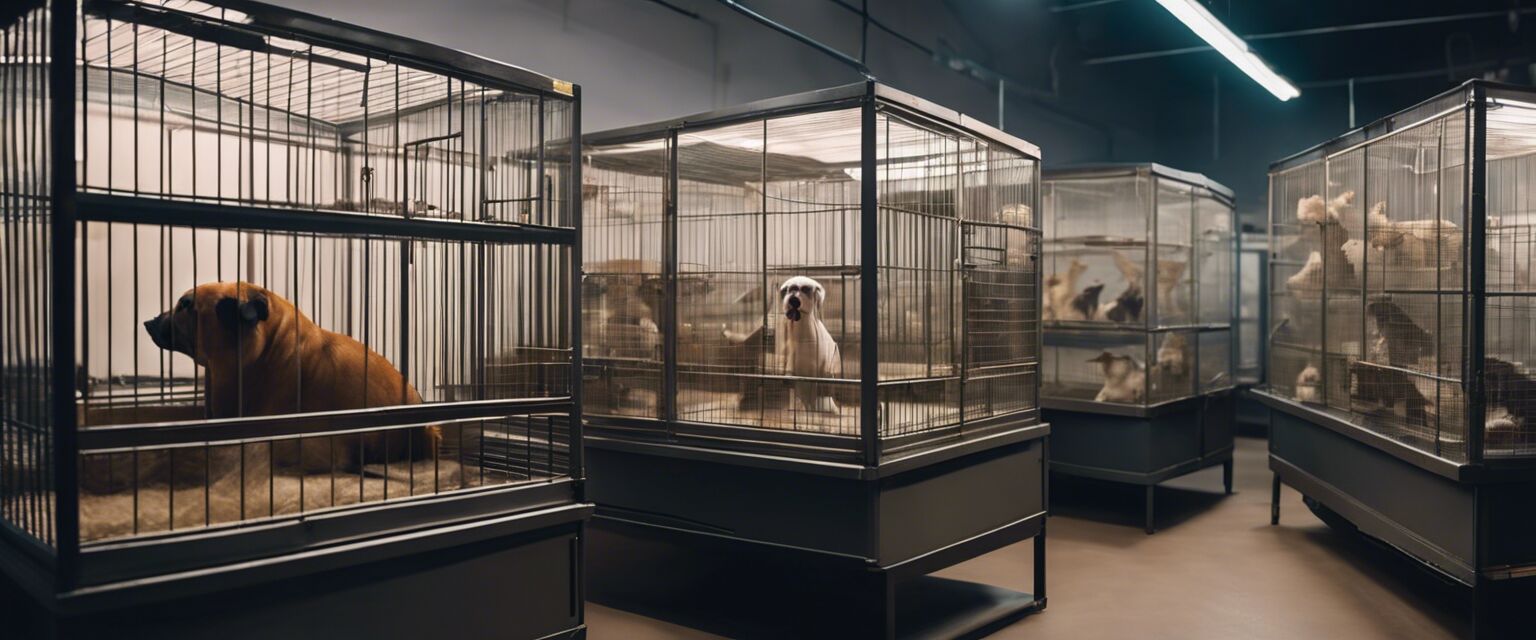
Types of Breeding Cages
Key Takeaways
- Breeding cages come in various types depending on the animal species.
- Each type has specific features to ensure the well-being of the animals.
- Understanding the requirements for each type of breeding cage can enhance breeding success.
- Choosing the right cage can also simplify maintenance and care.
Breeding cages are essential for any animal breeder, providing a safe and comfortable environment for animals to mate and raise their young. This article will explore the various types of breeding cages available for different animals, their features, and what to consider when selecting the right one for your needs.
Types of Breeding Cages
1. Amphibian Vivariums
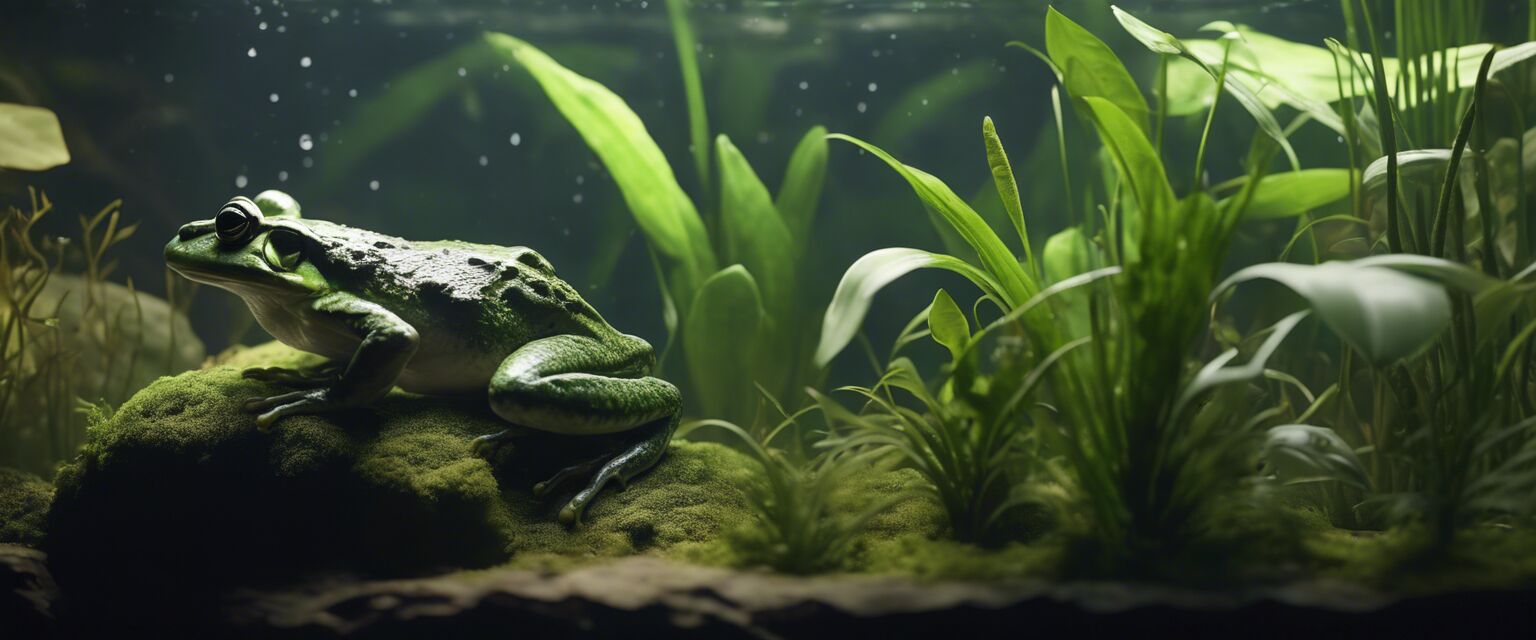
Amphibian vivariums are specialized environments designed for frogs, salamanders, and other amphibians. These cages maintain humidity, temperature, and provide both aquatic and terrestrial areas.
| Feature | Importance |
|---|---|
| Humidity Control | Essential for amphibian health and reproduction. |
| Water Area | Necessary for breeding and tadpole development. |
| Hiding Spots | Reduces stress and allows for natural behavior. |
2. Bird Cages

Bird cages vary significantly based on the species. Breeding cages for birds typically include larger spaces, nesting boxes, and perches to encourage mating behavior.
Pros
- Encourages natural breeding behaviors.
- Easy to clean and maintain.
- Customizable layouts for different bird species.
Cons
- Can be expensive depending on size and features.
- Requires space for setup.
3. Fish Breeding Tanks

Fish breeding tanks are crucial for aquarists looking to breed their fish. They are usually smaller, with controlled water parameters and specific features for fry care.
4. Insect Habitats
Insect habitats are designed for breeding insects such as crickets, mealworms, or silkworms. These habitats provide the necessary conditions for growth and reproduction.
Important Considerations When Choosing a Breeding Cage
- Size: Ensure the cage is large enough for the species.
- Material: Use materials that are safe and easy to clean.
- Ventilation: Proper airflow is essential for animal health.
- Accessibility: Make sure you can easily access the cage for feeding and cleaning.
5. Mammal Breeding Cages
Mammal breeding cages are specifically designed for small mammals such as rabbits, hamsters, and guinea pigs. These cages should provide enough space for movement and include nesting areas.
6. Reptile Enclosures
Reptile enclosures need to imitate the natural habitat of reptiles. This often includes heating elements, hiding spots, and proper substrate for breeding success.
7. Small Animal Habitats
Small animal habitats are versatile and can accommodate animals like ferrets and chinchillas. They should offer enough space and enrichment options to promote healthy behaviors.
Maintenance Tips for Breeding Cages
Beginners Section
- Regularly clean the cage to prevent disease.
- Monitor temperature and humidity levels.
- Provide fresh food and water daily.
- Ensure proper lighting for species that require it.
Conclusion
Choosing the right breeding cage is essential for the health and well-being of your animals. Whether you are breeding amphibians, birds, fish, insects, mammals, reptiles, or small animals, understanding their specific needs will help you create an optimal environment for breeding success.
